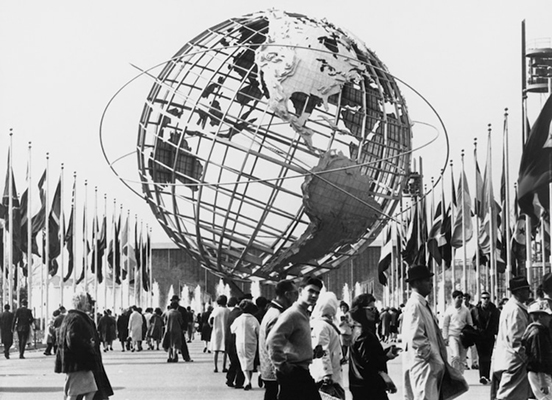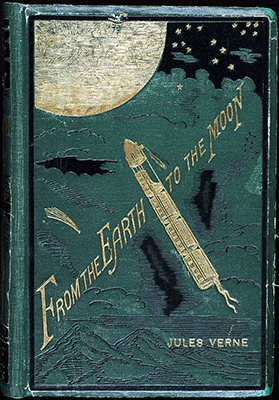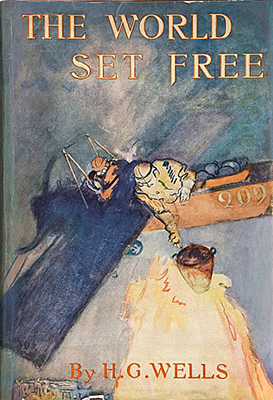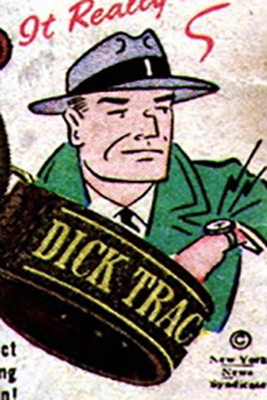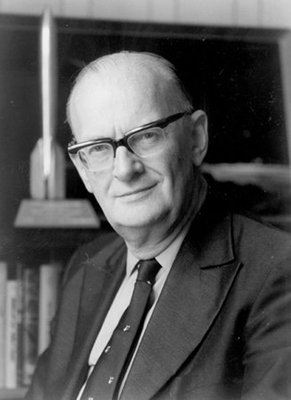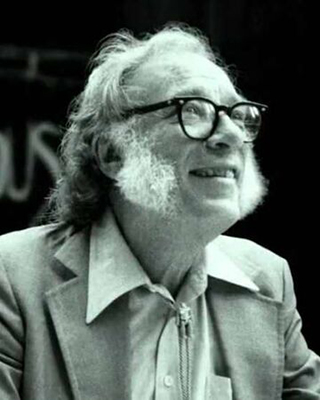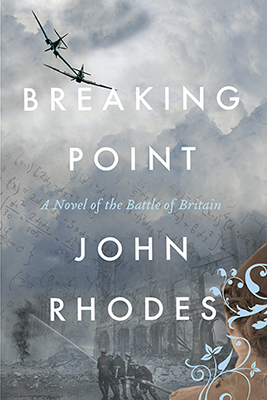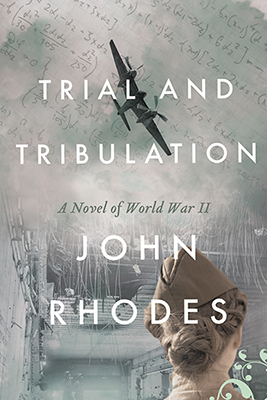The comprehension of science, and its practical application into technology, is one of the human race’s greatest achievements, from the invention of the first stone tools in prehistoric times to our modern internet-based world. Oh, wait—didn’t H.G. Wells say it better in 1901? “The history of mankind is the history of the attainment of external power. Man is the tool-using, fire-making animal …” Oh well, great minds think alike …
Jules Verne: ‘From the Earth to the Moon’ 1885
In 1885, Jules Verne envisioned a fictional artillery shell carrying three men from the earth to the moon. He called the shell ‘Columbiad.’
In 1969, 84 years later, the Apollo 11 mission landed on the moon; the command module which made the journey was called ‘Columbia.’
H.G. Wells: ‘The World Set Free’ 1914
In 1914, H.G. Wells used his knowledge of contemporary atomic physics to postulate a fictional ‘atomic bomb,’ releasing enormous amounts of radioactive energy.
Rutherford split the atom in 1932 and the first atomic bomb fell on Hiroshima in 1945, 31 years after Wells’ book was published.
And, of course, 1946
In 1931 Chester Gould began to draw Dick Tracy and gave him his famous watch in 1946.
Samsung announced the SPH-WP10 watch/phone in1999, 53 years later.
Fiction into Fact: Azimov and Clarke
The great science fiction writers didn’t only create ideas for their books; they were also serious ‘futurists,’ men who forecast possible developments. For example:
Did Arthur C Clarke (Author of ‘2001’) invent the concept of geostationary communications satellites, the technology that enables instantaneous global communications? Well, he published a description in 1945 in Wireless World, and these satellites now occupy what is called the Clarke orbit … The first geosynchronous satellite, Syncom 2, was launched in 1963, 18 years after his piece in Wireless World.
On the occasion of the World’s Fair in 1964, the great Isaac Azimov, the inventor of the three laws of robotics underlying ‘I Robot’ and all its successors, was asked by the New York Times to make predictions about life in 2014, 50 years into the far distant future.
Amongst other forecasts:
- “Communications will become sight-sound and you will see as well as hear the person you telephone.”
- “Much effort will be put into the designing of vehicles with ‘robot-brains.'”
How about:
|
Credit cards |
Edward Bellamy ‘Looking Backward’ published 1888 |
Diners Club, 1950 |
62 Years |
|
Solar Power |
Hugo Gernsback ‘Hugo 124C 41+’ published 1911 |
First 1Mw station California, 1982 |
71 years |



